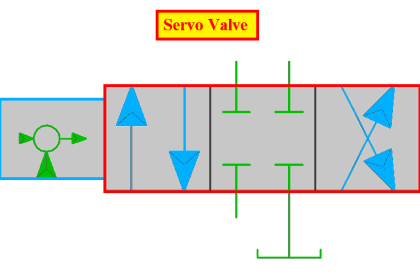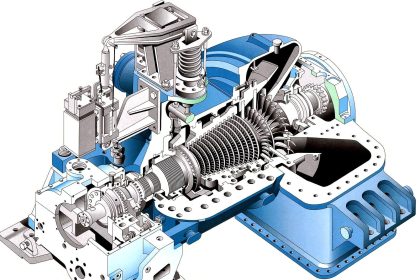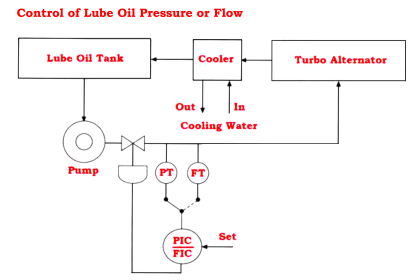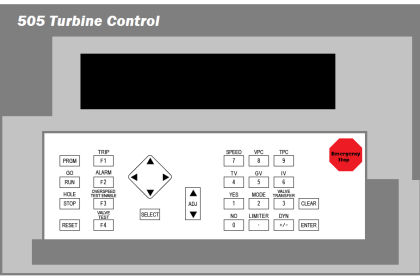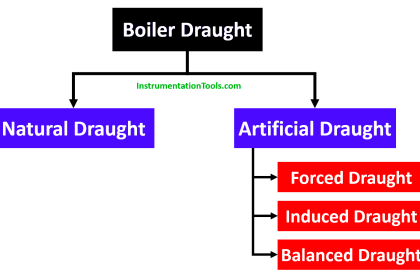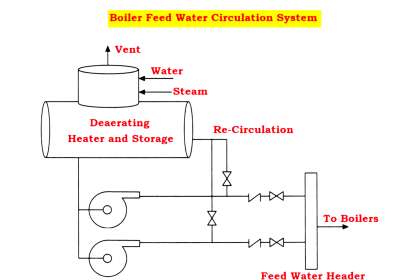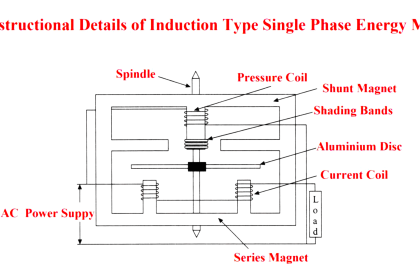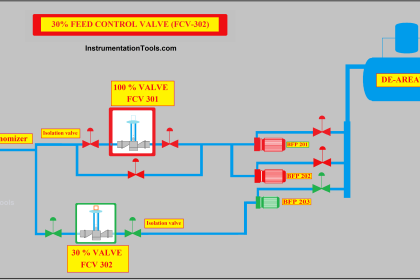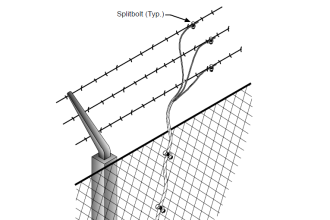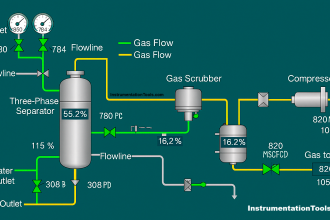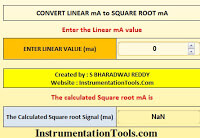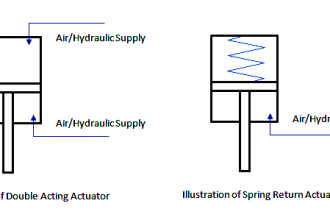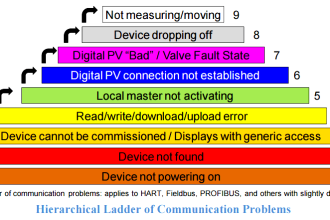Electricity is one of the basic needs of human beings in today’s life.
Everything from our life is utilized by electrical energy that may be from health to fun and from transportation to traffic.
As a result, social and economic influences are inevitable in an interrupted situation.
In normal operating conditions energy production systems enable electricity to reach consumers easily.
Energy interruptions can occur due to disturbing currents. When the power system is defined as a power grid collapse, which is partially or completely out of order, it is the most negative situation for power system operators.
Blackout of Electrical Power Grid
- The electric power grid serves as a bridge between energy production plants and consumers.
- Energy supply and demand balance problems may occur at any time.
- These problems cause the voltage and frequency of the power grid to increase or decrease.
- Through these distortions, the power system is causing the power generation plants to be out of order through the protection relays.
- The synchronization in the power grid is starting to finish and the system is partially or completely collapsed.
- In other words, the blackout of the system is inevitable if the frequency and voltage values of the system are not expected.
What is a Blackout in a Power Plant?
Blackout is the condition when a power plant can’t produce any power.
It is a total crash of the power grid due to an imbalance between power generation and power consumption. In the power plant, the power is generated and sent to the switchyard, and finally to the transmission system known as the grid.
All turbine generators and transmission lines of the power plant are interconnected with each other through bus bars.
The plant can send generated power to the grid, and also receives the same power from the grid when required.
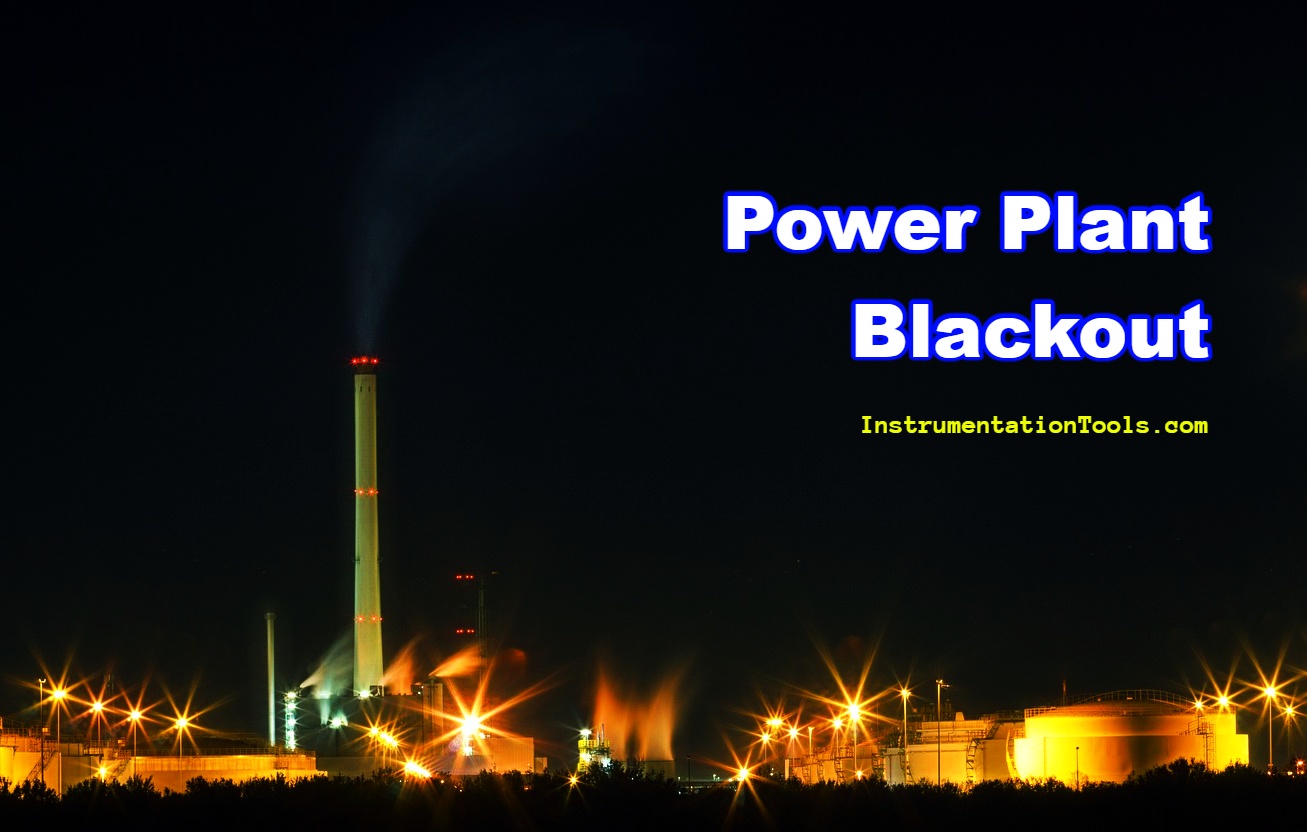
Why do Blackouts Occur in Power Plants?
A blackout occurs when there is a greater demand of load than the generated power the turbine generators will trip.
Blackout in the thermal or any power plant occurs mainly due to the problem raised in the grid station that connects the power plant and the nearest substation.
This occurs when all the transmission lines connected to the switchyard trip which leads to tripping of all turbine generators and opening of the grid breaker.
Blackout in powerhouse may be caused by
- Excessive power demand exceeds the generating capacity of the power source.
- Weather conditions like hurricanes toppling power lines.
- Breakdown of grid substations.
- Short circuit faults on power lines.
- Vehicle accidents crashing to electric poles or grid steel towers.
- Forest fires or building fires close to power lines.
What Happens When the Power Plant Blackout?
When the plant gets a blackout, the plant can’t produce any power, and may not get any emergency power supply from the grid station for its internal use as all the parts of plant equipment are isolated from the grid and load centers.
Under such emergencies, the plant must establish some auxiliary power to run the plant equipment. And if the turbine trips during home load, the blackout of the plant would occur as emergency power from the substation could not be got, resulting in the stopping of all equipment of the plant.
The diesel generator acts as a source of power back up to the plant in such emergency conditions.
The diesel generator is an auxiliary source that must be provided to produce the necessary power supply to carry out essential steps to avoid any detrimental effects on various plant equipment.
When any problems occur in the plant or the nearest substation, the grid breaker of the plant gets opened or released to avoid damage to the plant equipment.
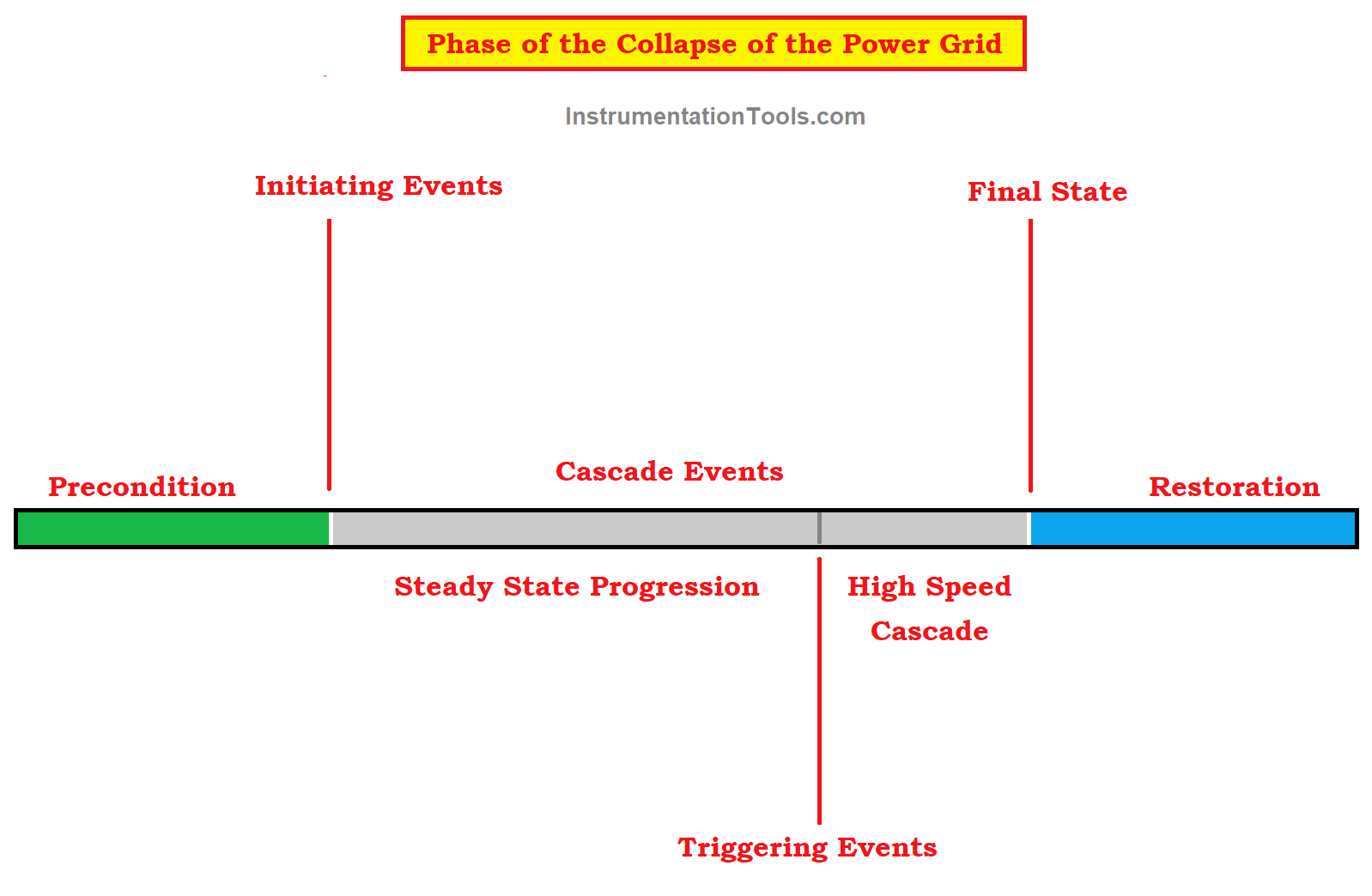
General Reasons for Power Grid Collapses
The grid collapses that occur in power systems are due to five main factors
- Voltage loss.
- Frequency loss.
- Phase angle imbalance.
- Production – consumption imbalance and
- Synchronization loss.
What is the Procedure to follow after a Blackout in a Power Generating Station?
If the power station has blacked out, we must notify
- The main steam stop valve must be closed.
- The emergency oil pump must turn on for lubrication.
- Turbine drains must be opened.
- The system controller must be shut down.
- Now we must open all connecting switches and circuit breakers.
- Blow down the steam or fuel supply that operates the steam turbines to preclude bent shafts.
- Receive a report from station maintenance.
- Initiate all emergency procedures.
- Determine the cause of the blackout.
- Initialize any required minor repairs needed.
- Restart the system with the right procedure.
- Make re-synchronization
Role of Instrumentation Team in Power Plant Dark Out
- During the power plant dark out all the instruments are turned off immediately without proper shutdown due to lack of electrical supply.
- At this time the instrumentation team must look at the existing conditions of PLC, DCS, SCADA systems, and workstations.
- An instrumentation team must turn on all this equipment by using the available energy from plant auxiliary sources called diesel generators.
- Before the plant darks out, considering emergency backup an instrumentation engineer or manager must collect the data of required loads of all equipment like PLC, DCS, SCADA systems, and workstations.
- After collecting the load data he must install a backup system such as an inverter that must match the load requirement for all instruments.
- An inverter system must be checked for charging and discharging periods and periodic maintenance must be carried out to ensure a quick start of instruments during critical situations like plant dark out.
- By utilizing this energy from auxiliary sources an instrumentation team must restart all instruments including workstations at the time of dark out to make further operations easier to restart and to run the plant smoothly.
What are the Problems that are Raised due to Power Grid Failure?
In the case of loss of energy in power systems or inability to reach consumers. Both social and economic problems start arising.
Generally, the problems that people may encounter are listed below:
- Health, education, transportation, etc. services interruption.
- Traffic problems
- Lighting and its related problems.
- Reduces communication network strength,
- inability to use electrical household equipment
If you liked this article, then please subscribe to our YouTube Channel for Electrical, Electronics, Instrumentation, PLC, and SCADA video tutorials.
You can also follow us on Facebook and Twitter to receive daily updates.
Read Next:
- Turbine and Compressor System
- Steam Circuits in Power Plants
- Furnace Draft Control System
- Turbine Steam Pressure Control
- Working Principle of Steam Ejector
